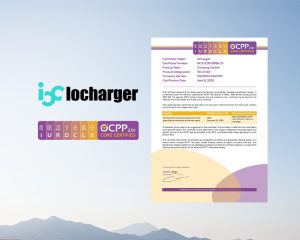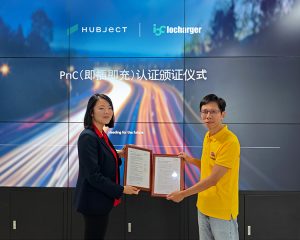Oplossingen voor DC-laadstations - Energie voor de toekomst van elektrische mobiliteit
s Werelds 1st Volledig OCPP2.0.1 en Hubject ISO15118 PnC gecertificeerde EV-laadoplossing
DC-laadstation
DC-snelladers (DCFC-laders), ook bekend als Level 3 EV-laders, zijn momenteel de snelste oplaadoptie voor elektrische voertuigen.
In tegenstelling tot Level 1- en Level 2-laders, die wisselstroom (AC) leveren die de EV moet omzetten naar gelijkstroom (DC) voor opslag, gebruiken DC-laders AC-stroom van commerciële kwaliteit van het elektriciteitsnet en zetten deze in de lader om naar gelijkstroom (DC) voordat ze deze aan de batterij van de auto leveren. Dit zorgt voor een veel hogere energieoverdracht en een hogere laadsnelheid.
Terwijl laders van niveau 1 en 2 vele uren nodig hebben om een EV volledig op te laden, kunnen laders van niveau 3 tot 80% van de batterij van de auto opladen in slechts 20-30 minuten. DC-snellaadstations zijn de ideale keuze voor locaties waar EV's een maximaal bereik moeten krijgen in de kortst mogelijke tijd.
De DC-snellaadstations van Iocharger ondersteunen dynamisch laadbeheer en zorgen voor echt gelijktijdig opladen van EV's. Onze DC snelladers voldoen volledig aan de OCPP 1.6J en OCPP 2.0.1 normen en ondersteunen ISO15118 en Plug and Charge (PnC) functionaliteiten, waardoor meerdere connectiviteitsniveaus en verschillende gebruikersinteractieopties mogelijk zijn.
Belangrijkste voordelen
Iocharger heeft de juiste DC EV-oplaadoplossingen voor uw oplaadbehoeften
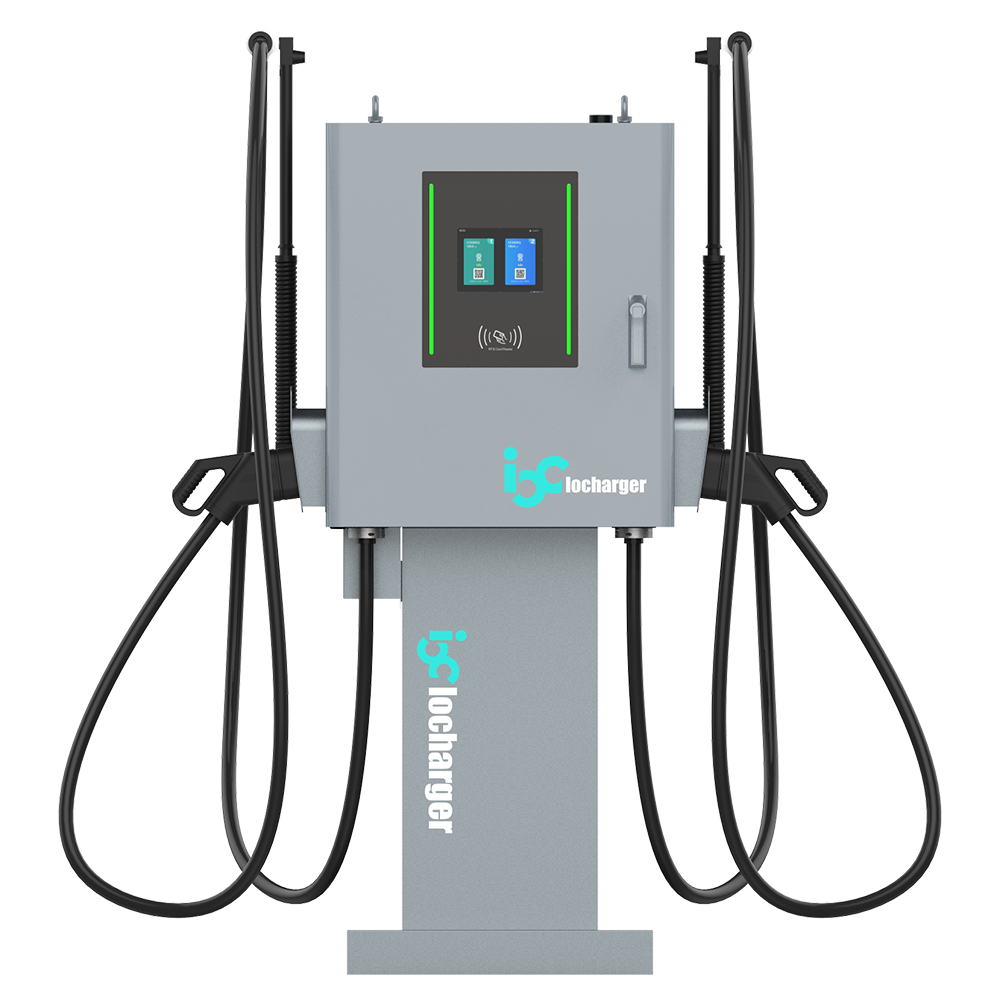
IOCHY2
Gemakkelijk aan de muur of op de vloer te bevestigen.
Ingangsclassificatie: 3-fase 400V±15% AC
Max DC uitgangsvermogen: 30kW/ 60kW
Bereik uitgangsgelijkspanning: 150V-1000V DC
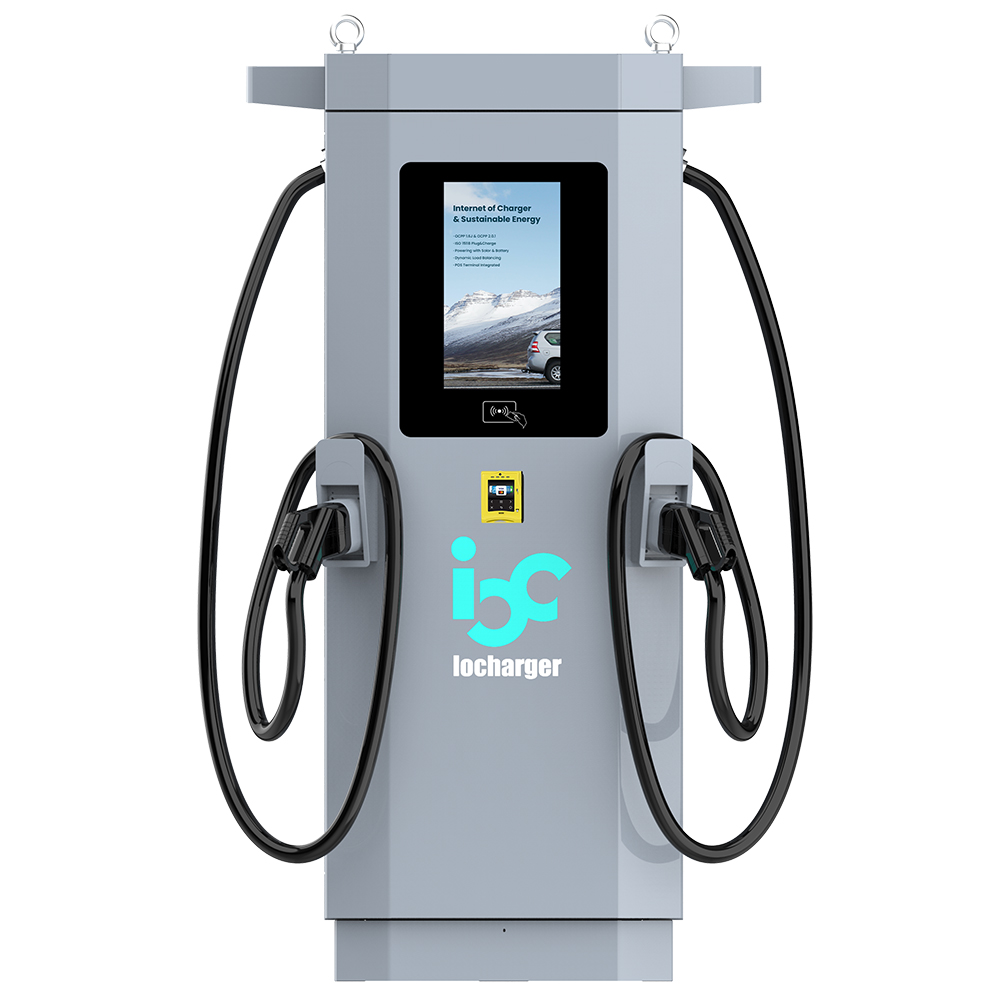
IOCJY2
CE-gecertificeerd
Ingangsclassificatie: 3-fase 400V±15% AC
Max DC uitgangsvermogen: 60kW-180kW
Bereik uitgangsgelijkspanning: 150-1000V DC
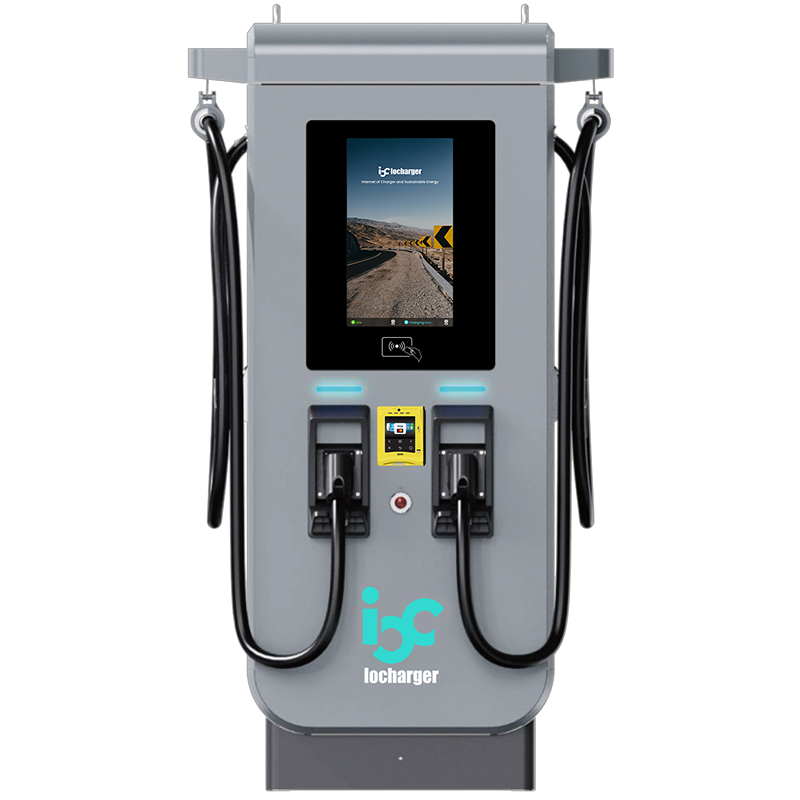
IOCNY2
Integreert met advertentiesysteem voor commercieel gebruik.
Ingangsclassificatie: 3-fase 400V±15% AC
Max DC uitgangsvermogen: 60kW-240kW
Bereik uitgangsgelijkspanning: 150-1000V DC
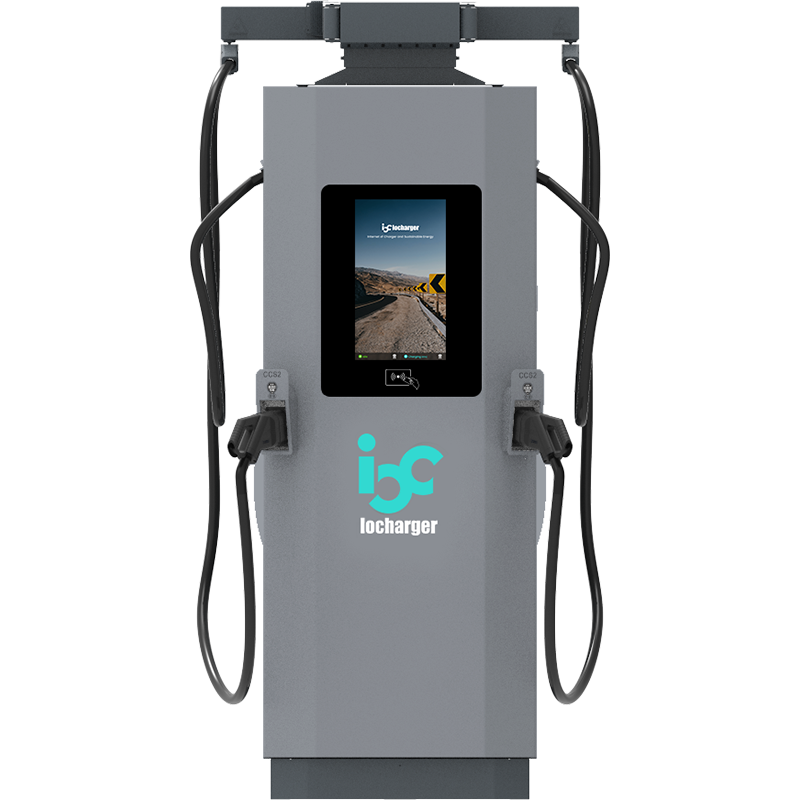
IOCLY2
Ultrasnel oplaadstation verhoogt de oplaadsnelheid drastisch
Ingangsclassificatie: 3-fase 400V±15% AC
Max DC uitgangsvermogen: 240kW-420kW
Bereik uitgangsgelijkspanning: 150-1000V DC
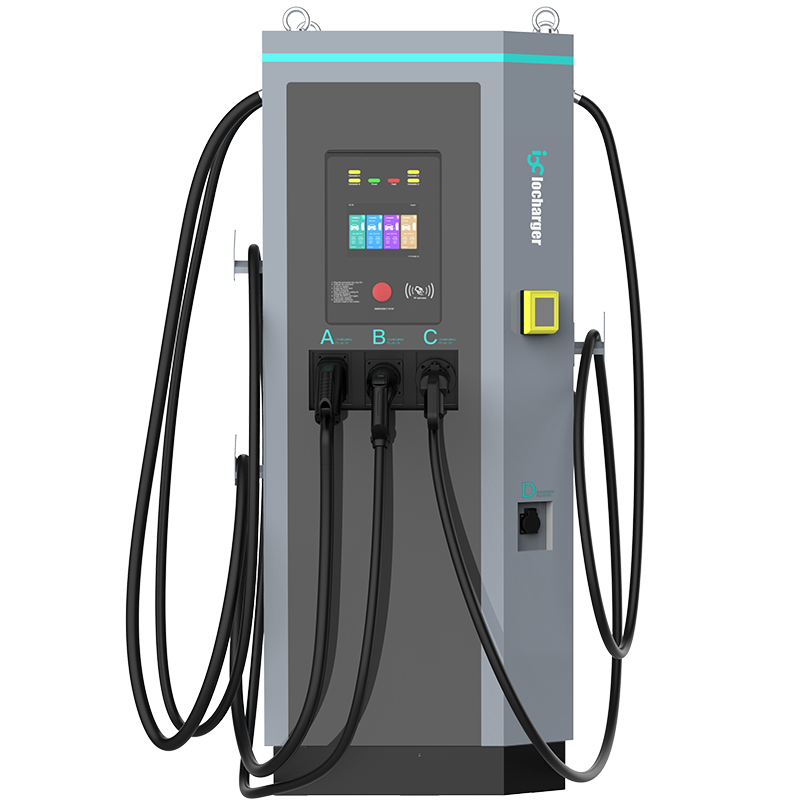
IOCHY3
AC DC Combo-oplader die tot 4 voertuigen tegelijk oplaadt
Ingangsclassificatie: 3-fase 400V±15% AC
Max. uitgangsvermogen: DC 60kW+AC 22kW/
DC 120kW+AC 22kW
Bereik uitgangsgelijkspanning: 150-1000V DC
Iocharger - Professionele commerciële EV-oplaadoplossingen

OCPP 1.6J volledige profielen geïmplementeerd inclusief slim laden, OCPP2.0 upgradebaar
Elektrische beveiligingen omvatten overstroom, kortsluiting, overspanning, onderspanning, aardlek, blikseminslag, te hoge temperatuur
Ondersteuning van verschillende installaties zoals IT, TN-S, TN-C en TN-C-S
OCPP-server, internetverbinding, maximale stroomuitvoer en andere systeemconfiguraties op de webpagina via PC, PAD en mobiele telefoon.
Dynamisch verdelen van het uitgangsvermogen in een systeem met andere apparaten, afhankelijk van het beschikbare vermogen
Dynamische fasebalancering stelt ons systeem in staat om zowel eenfasig als driefasig opladen tegelijkertijd te verwerken, waardoor het gebruik van alle beschikbare stroom wordt geoptimaliseerd en onbalans op het elektriciteitsnet wordt voorkomen.
Veelgestelde vragen over DC-laadstation
Nee. Huizen hebben meestal alleen eenfasestroom, maar DC-snelladers hebben driefasestroom nodig, die alleen beschikbaar is bij commerciële of openbare laadstations.
DC-snelladers vereisen 400-600V driefasige wisselstroom. Als je niet zeker bent over de compatibiliteit, neem dan contact met ons op voor hulp.
Nee. De meeste nieuwere EV's ondersteunen snelladen met gelijkstroom, maar oudere modellen of EV's met een kleine batterij mogelijk niet. Controleer de specificaties van je auto om de compatibiliteit te controleren.
- CCS-1: gebruikt in Noord-Amerika
- CCS-2: gebruikt in Europa
- CHAdeMO: Gebruikt in Japan
- GB/T: Gebruikt in China
Nee. EV-batterijen hebben een energielimiet - als die bereikt is, zal extra oplaadvermogen het opladen niet versnellen.
Maar laders met een hoog vermogen zijn nuttig omdat:
- Ze kunnen twee EV's tegelijk opladen (dubbele connectoren).
- Ze zijn klaar voor de toekomst: je hoeft later niet te upgraden als EV-batterijen beter worden.
De oplaadsnelheid is afhankelijk van:
- Type lader - Hogere kW = sneller opladen (als de auto dit ondersteunt).
- Accu voertuig - Opladen gaat langzamer na accu 80-90%. Oudere/kleinere accu's laden mogelijk langzamer op.
- Condities - Koud weer = langzamer opladen. Optimale temperatuur (20-30°C) = snelste oplaadtijd.

